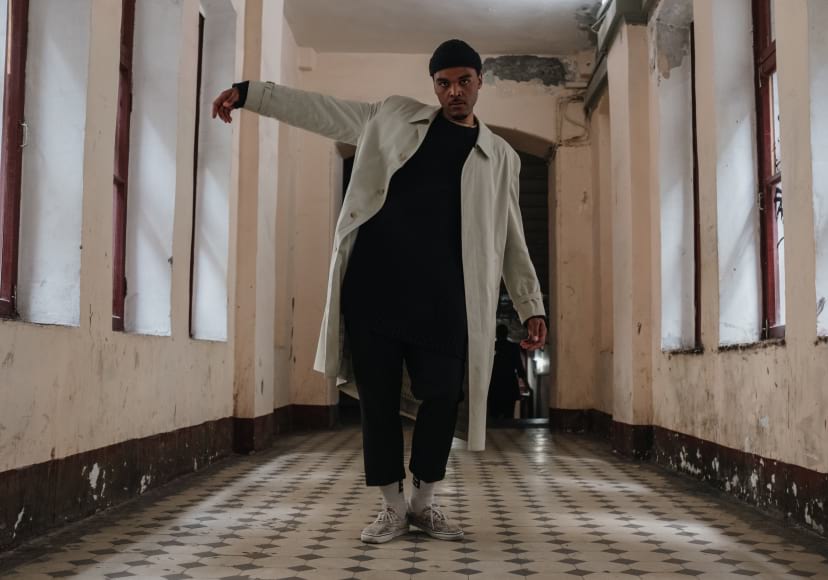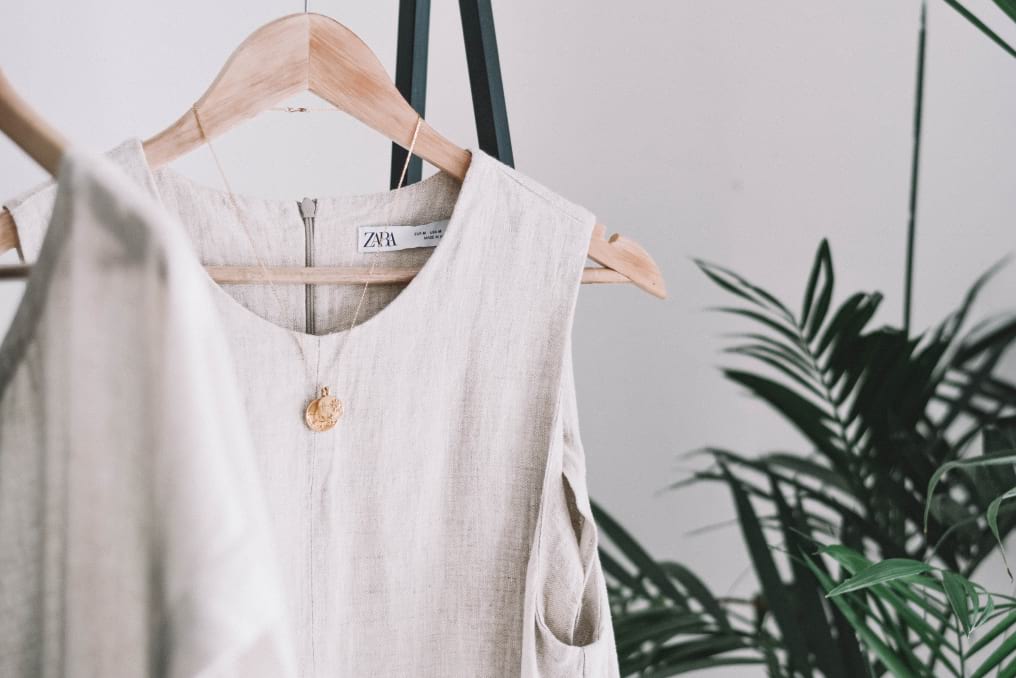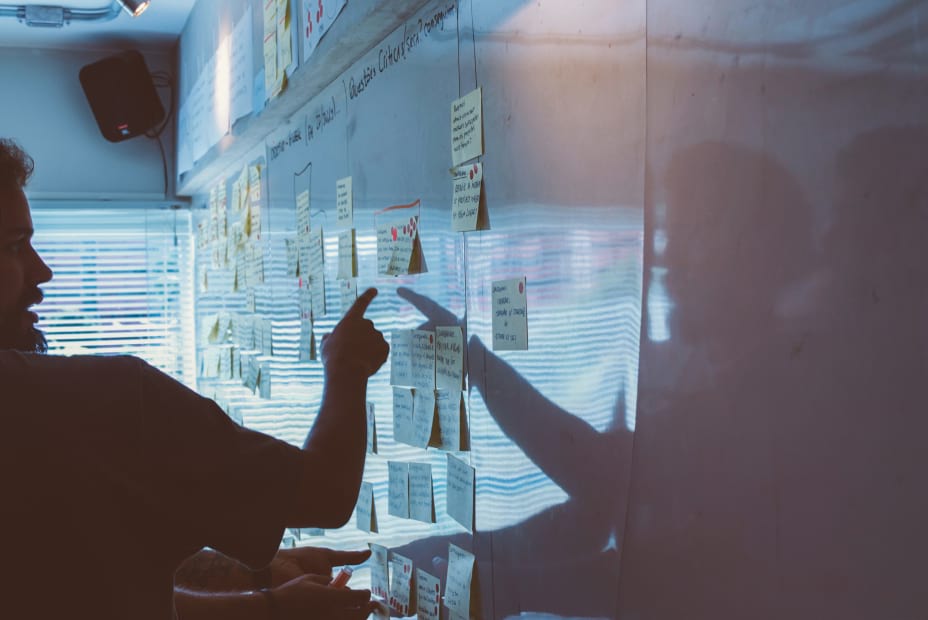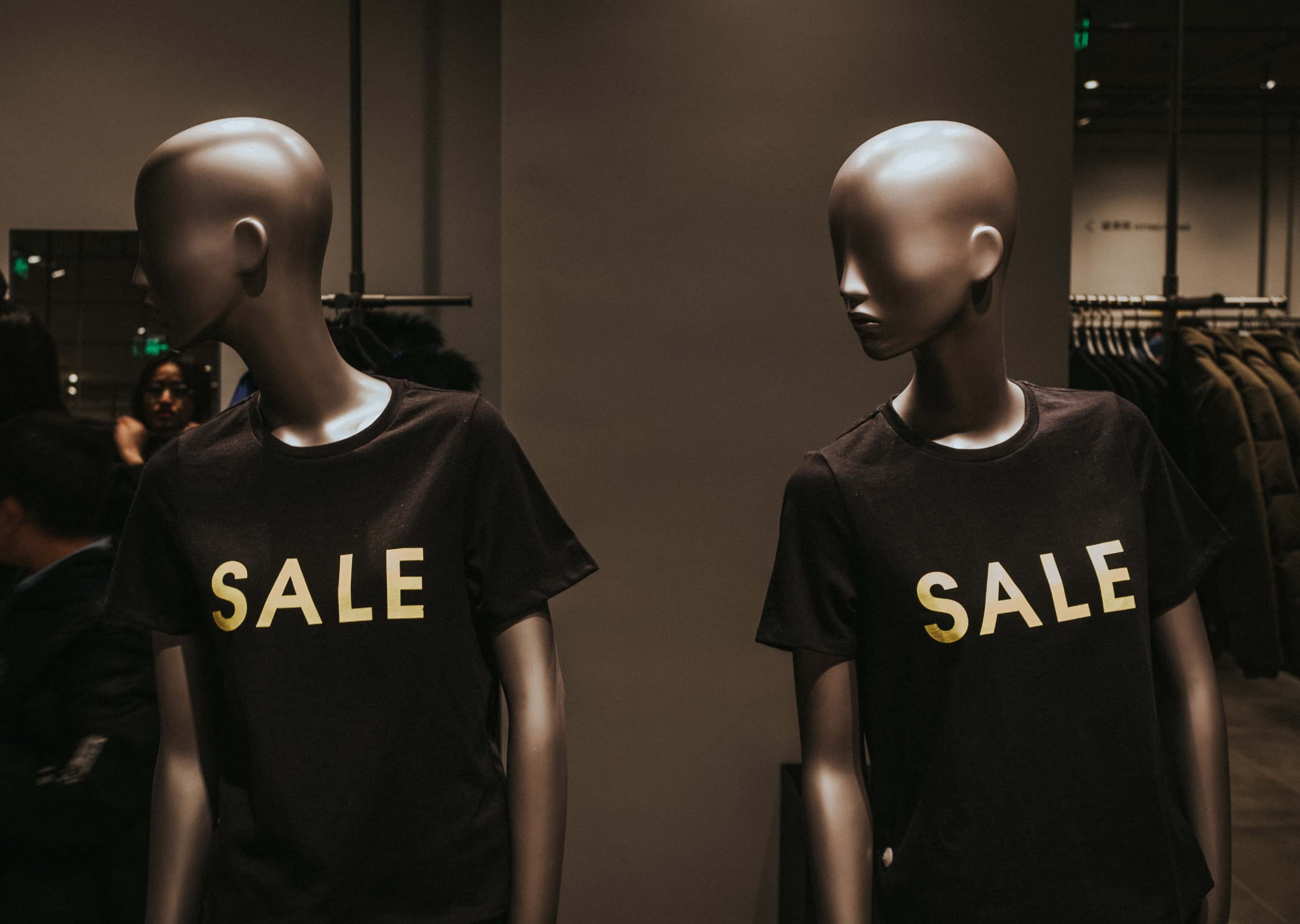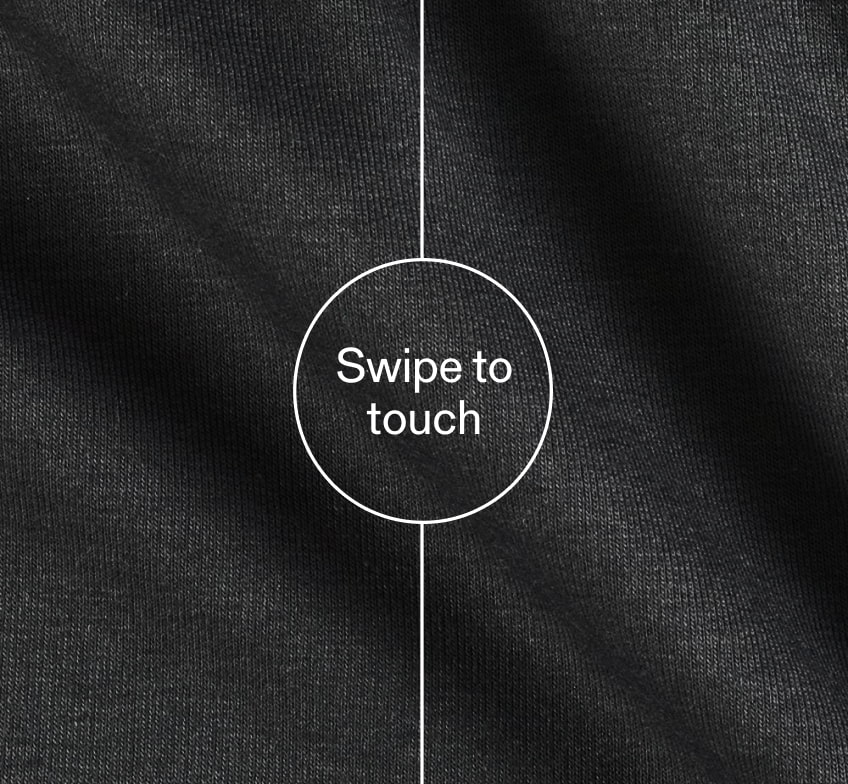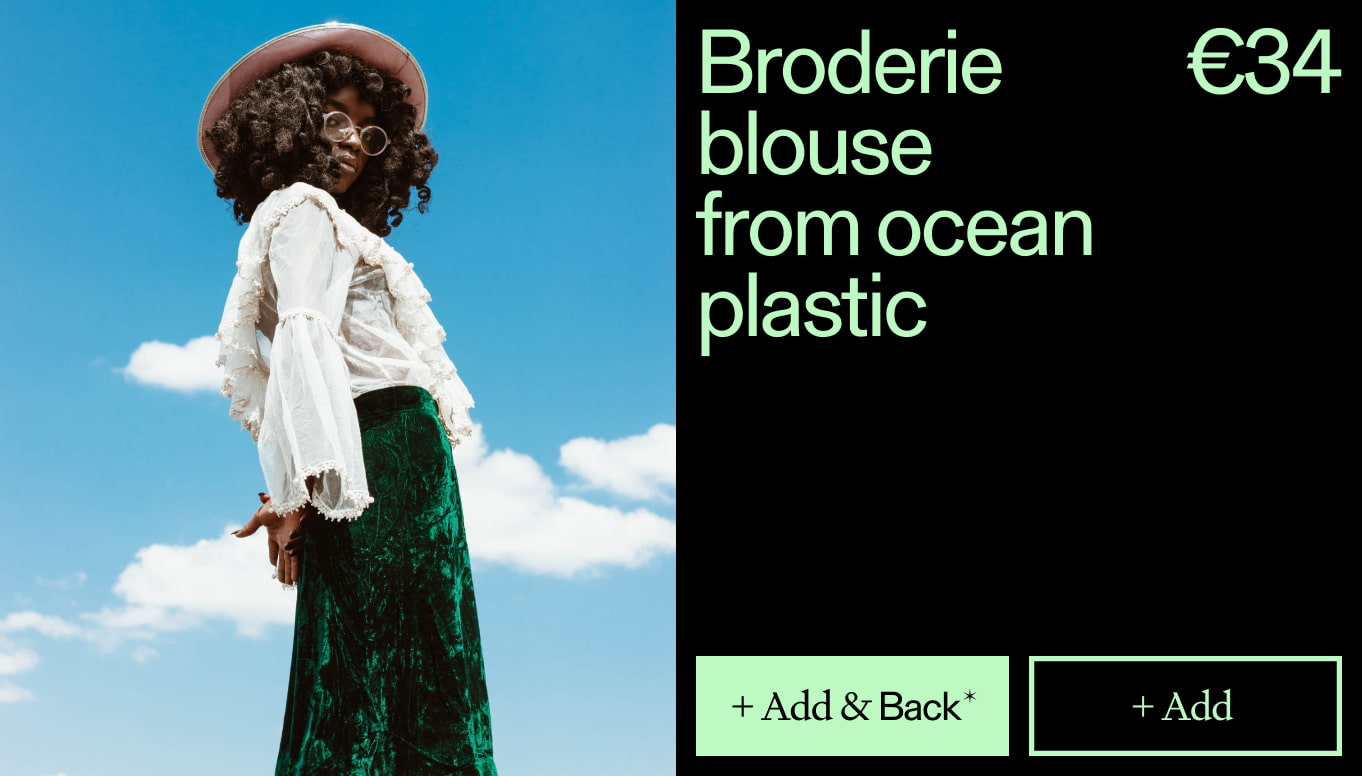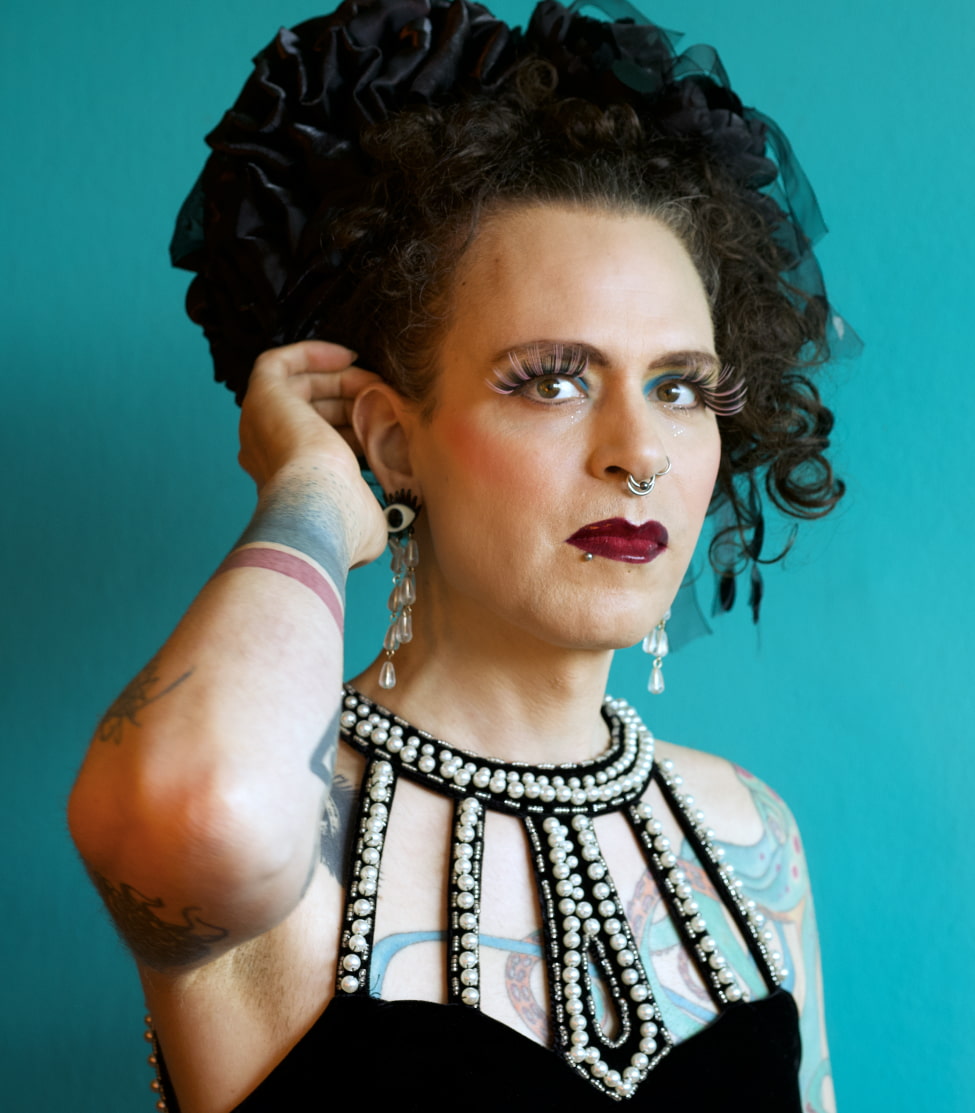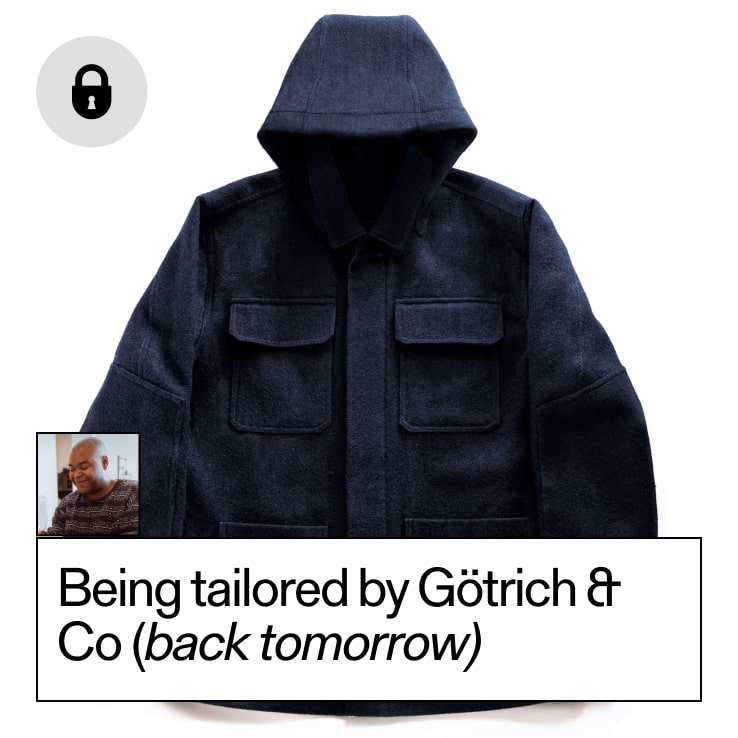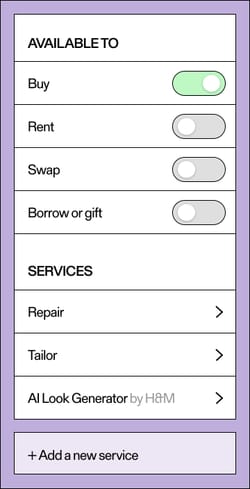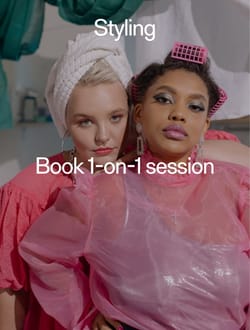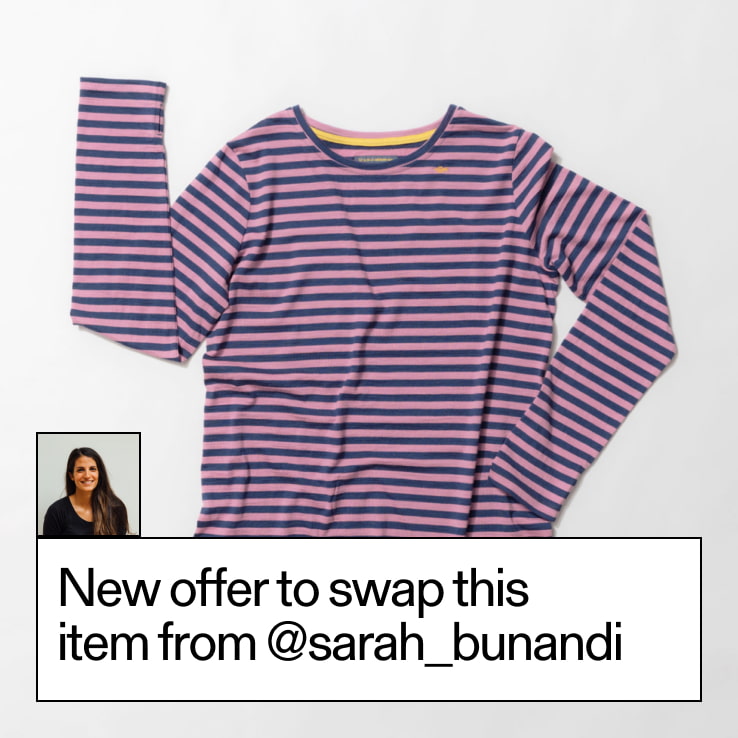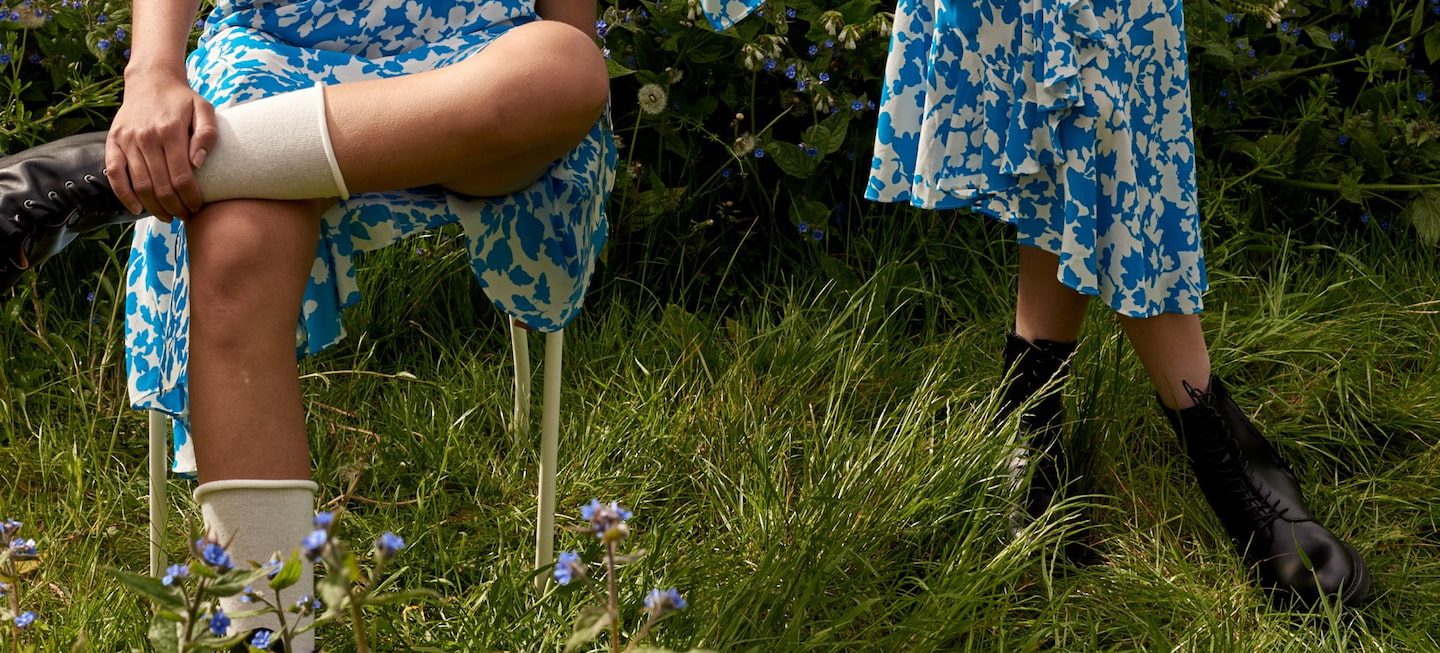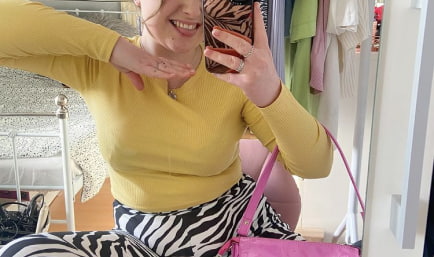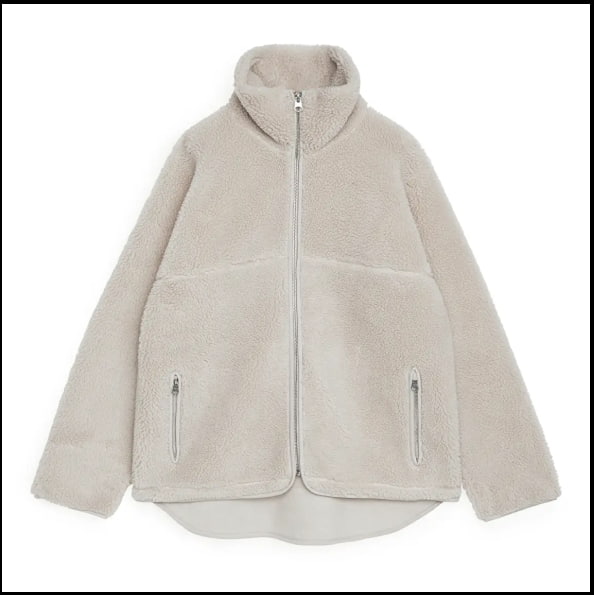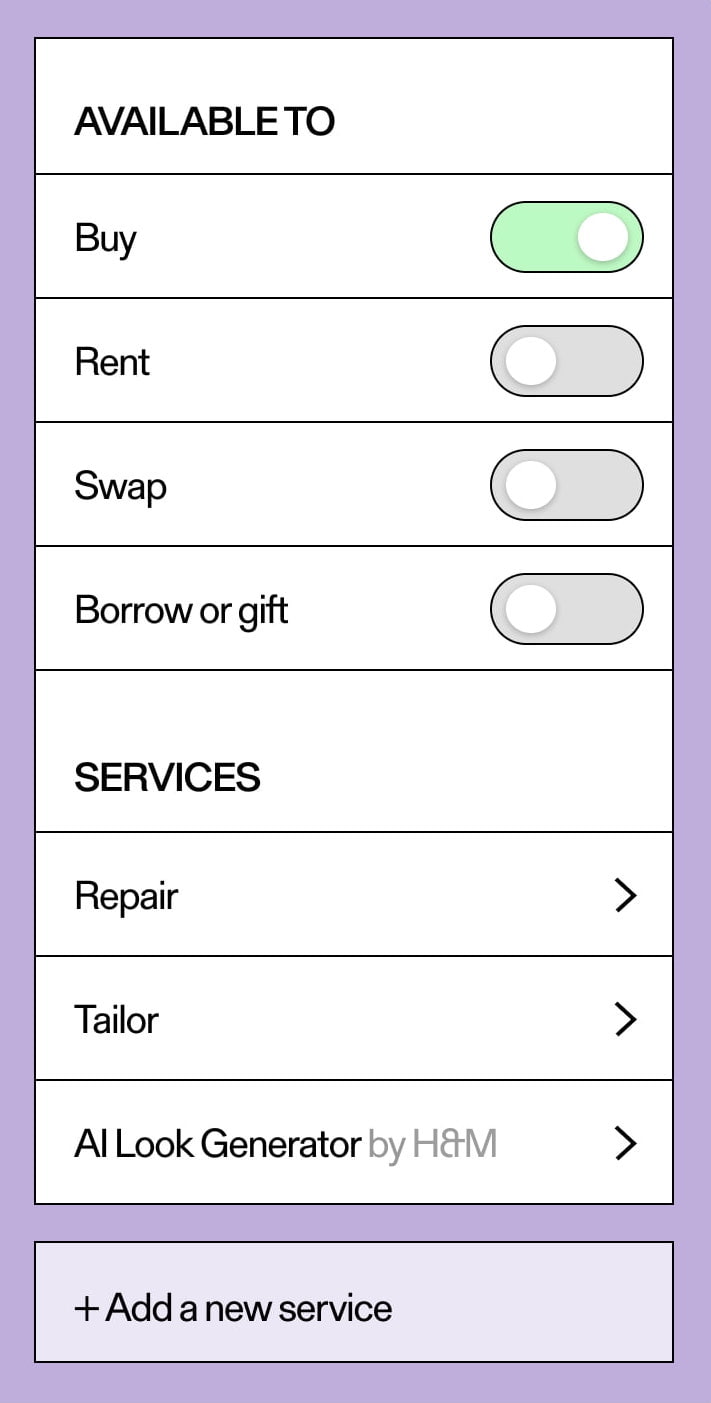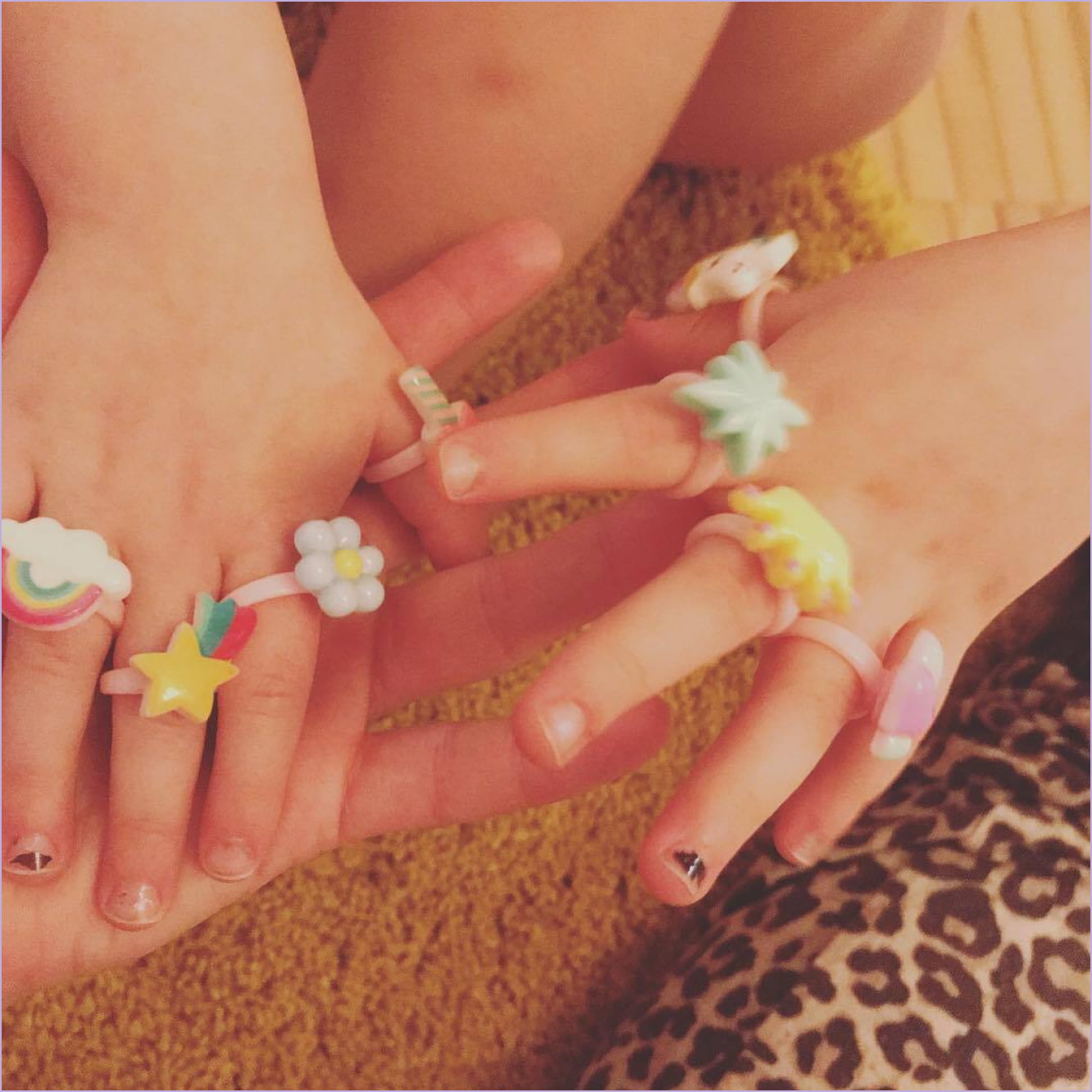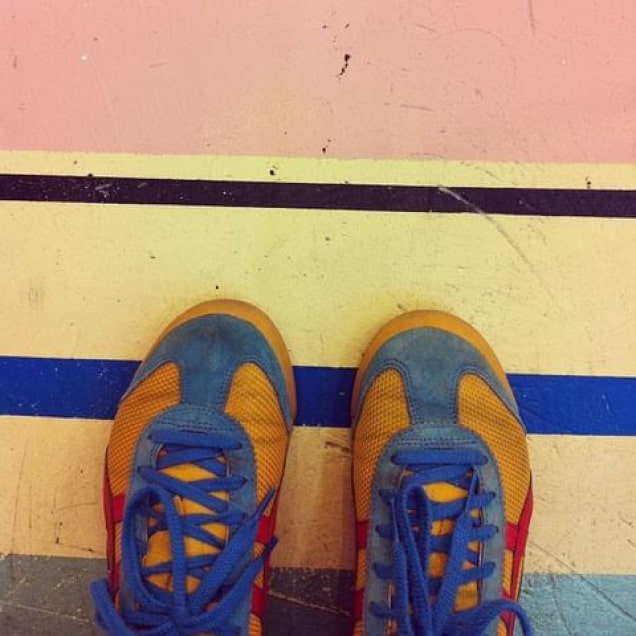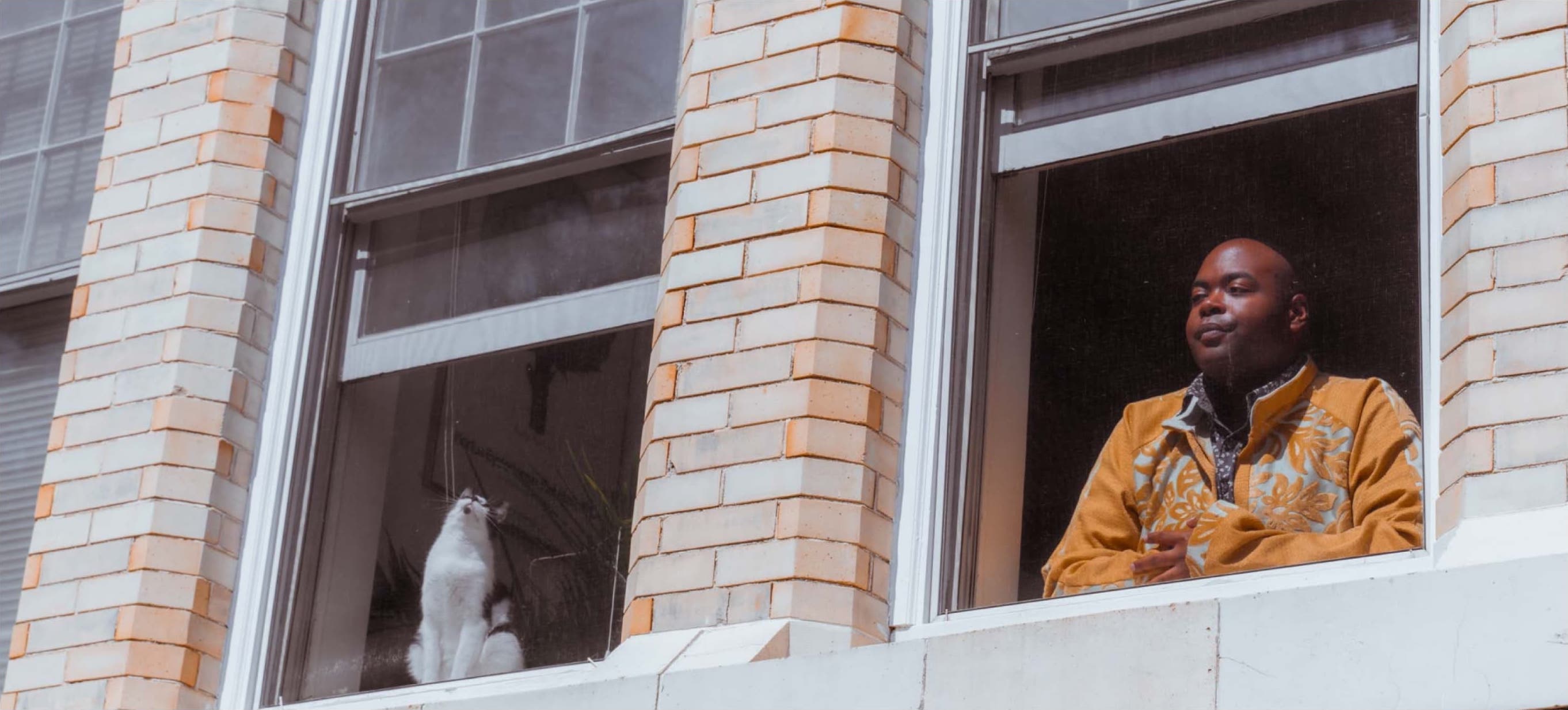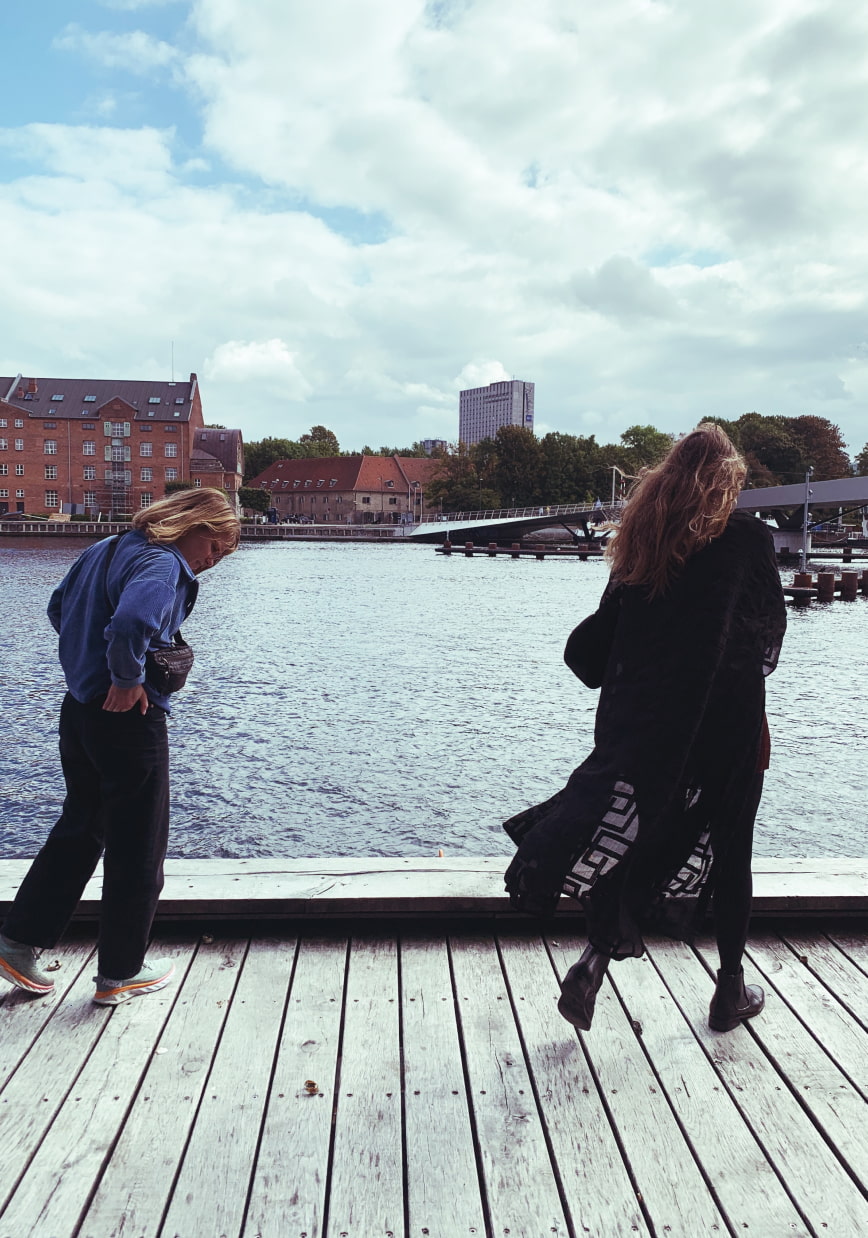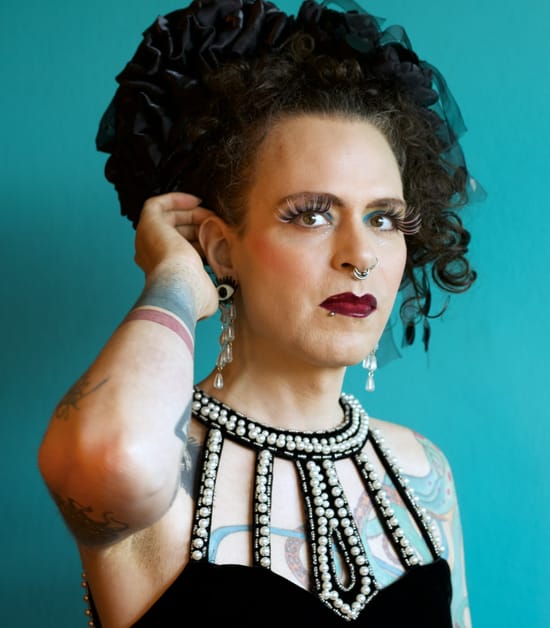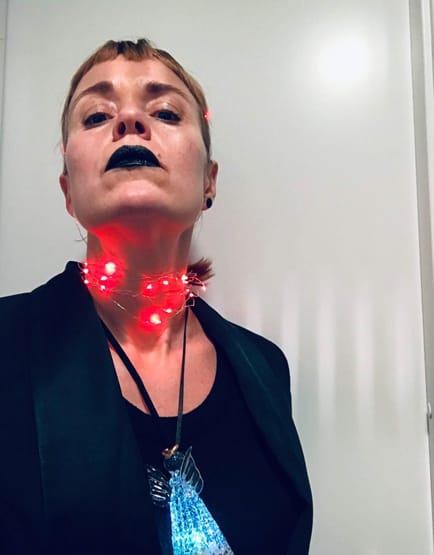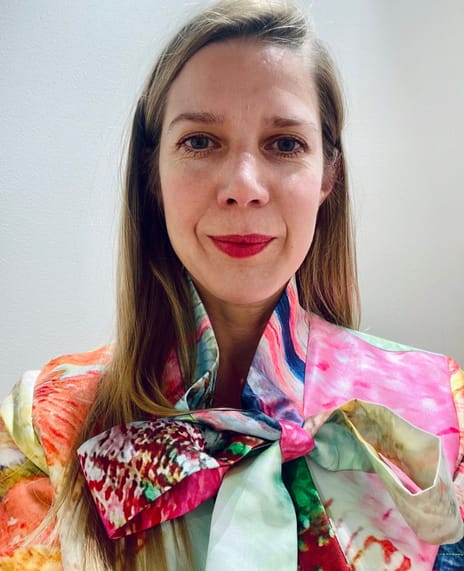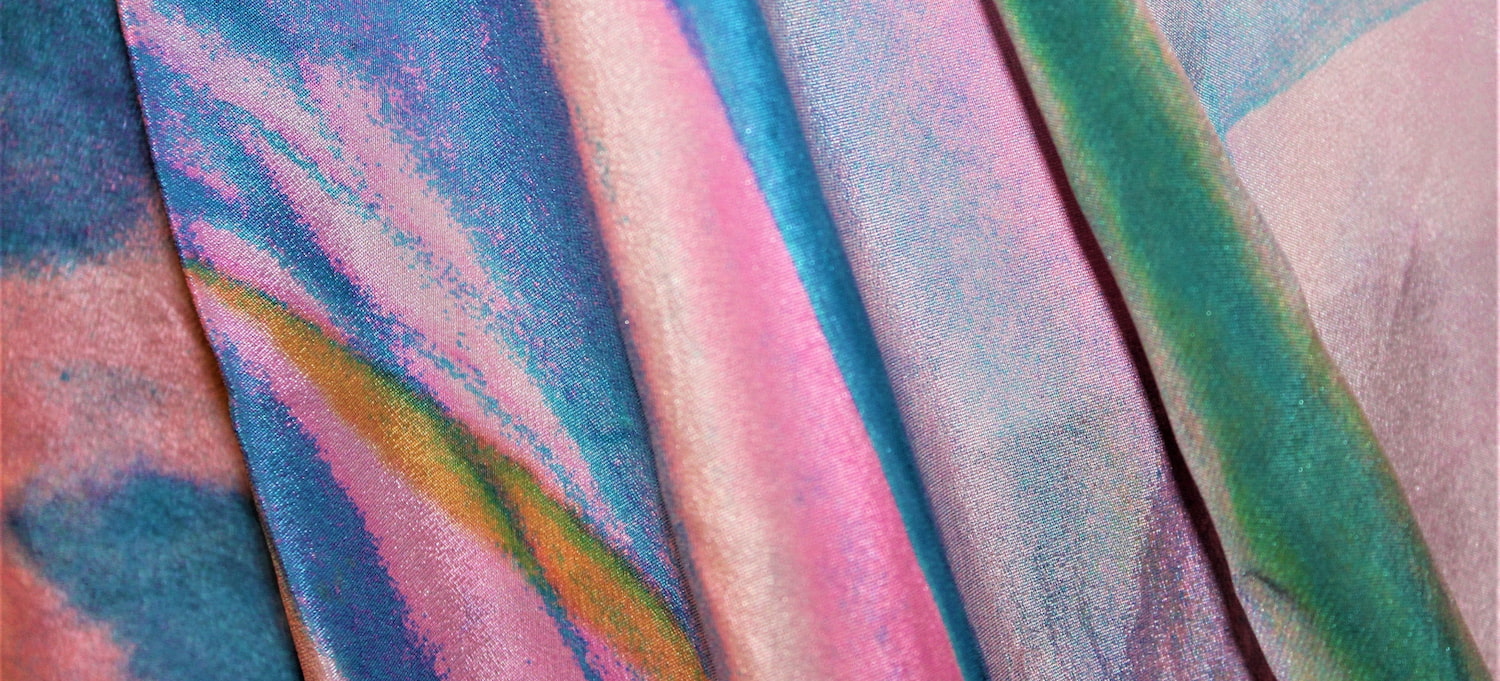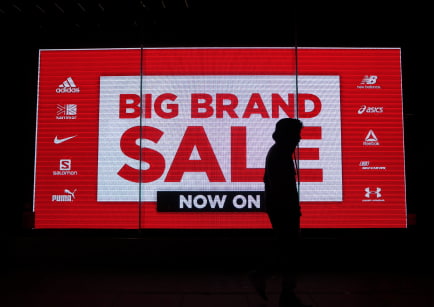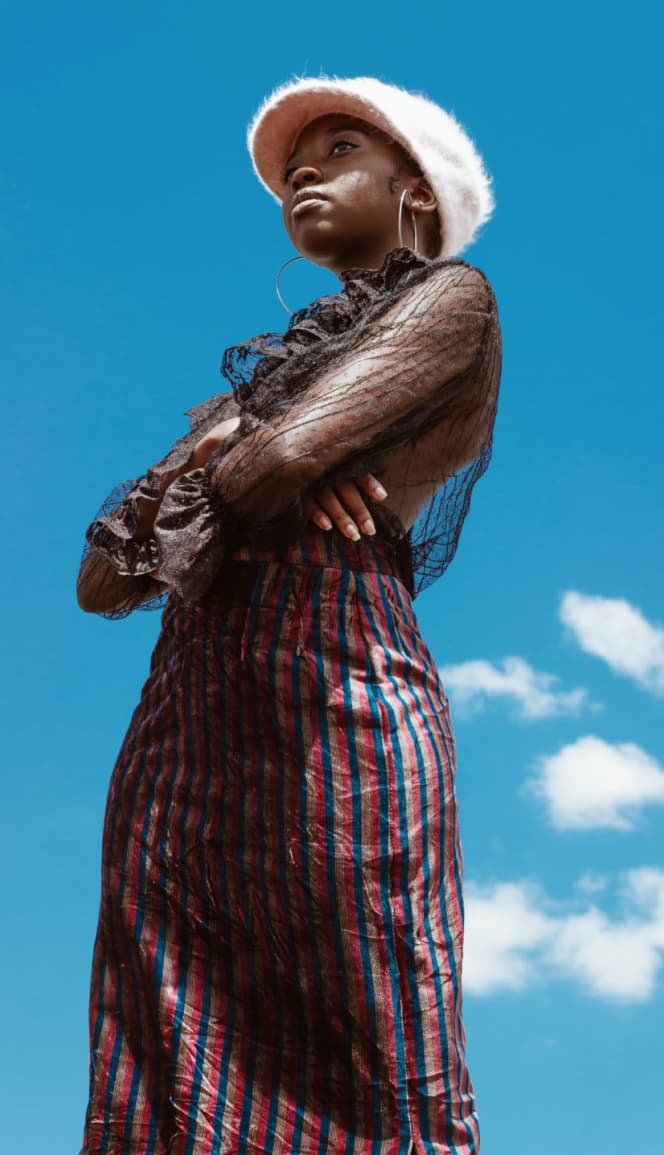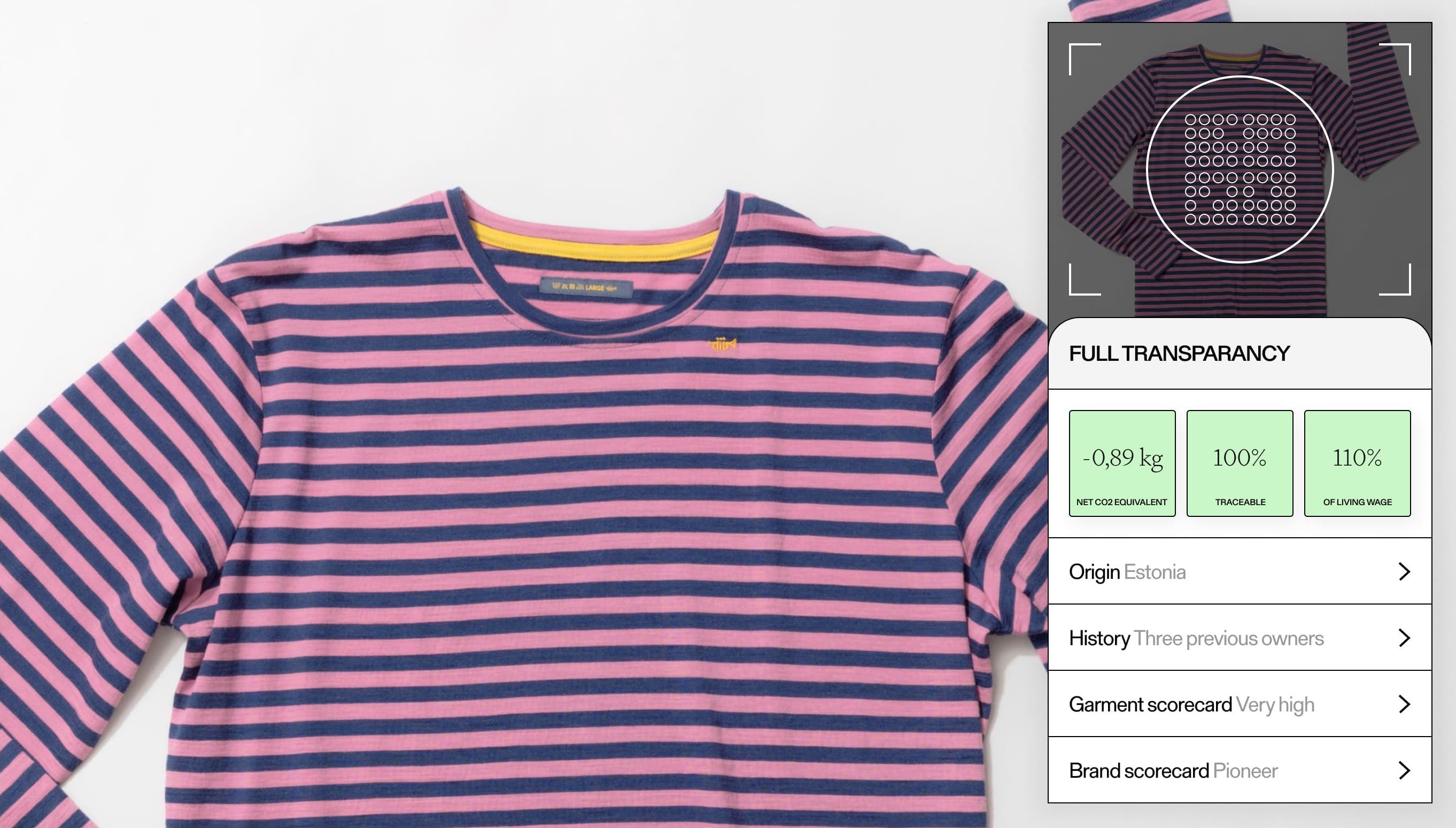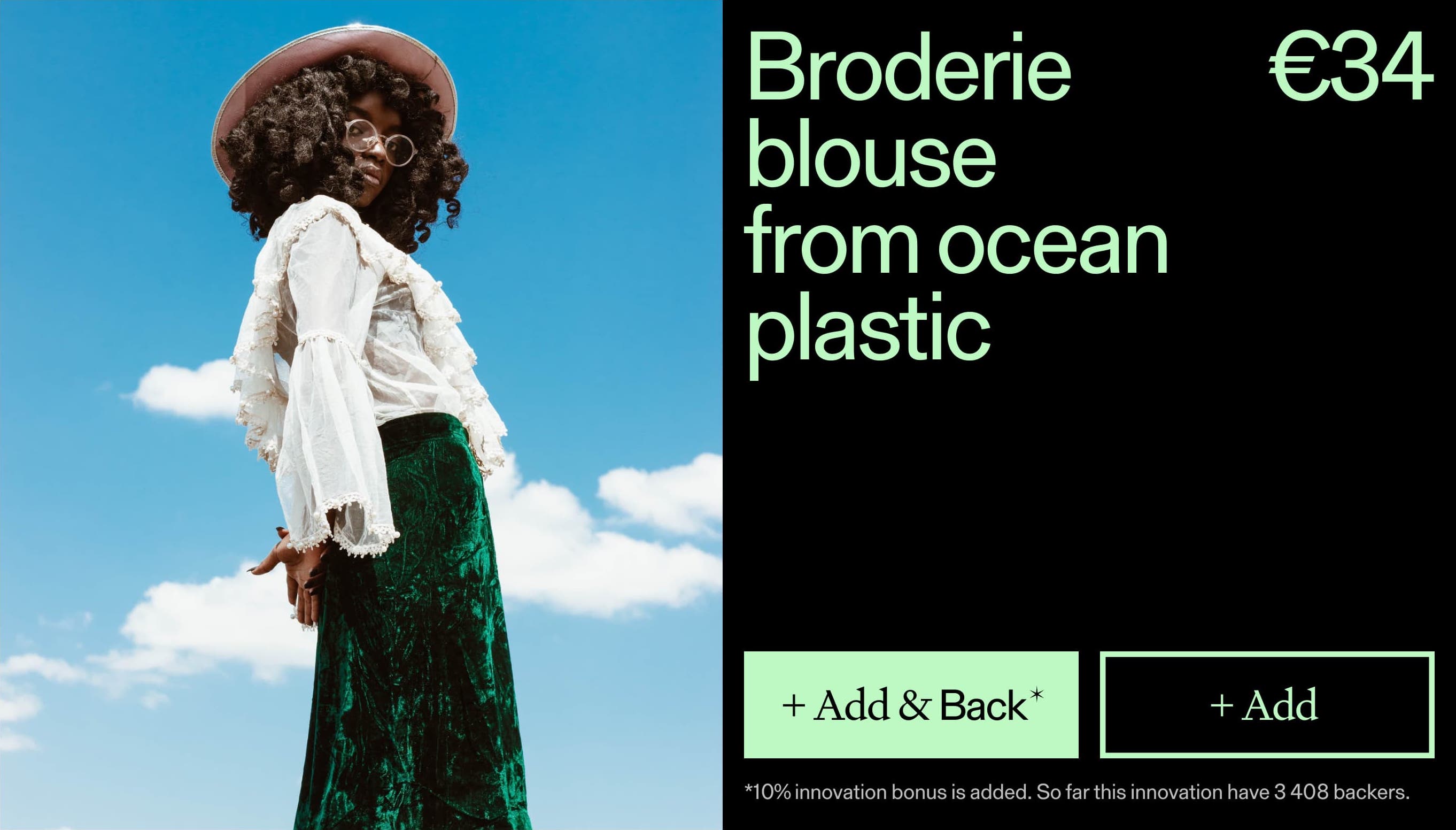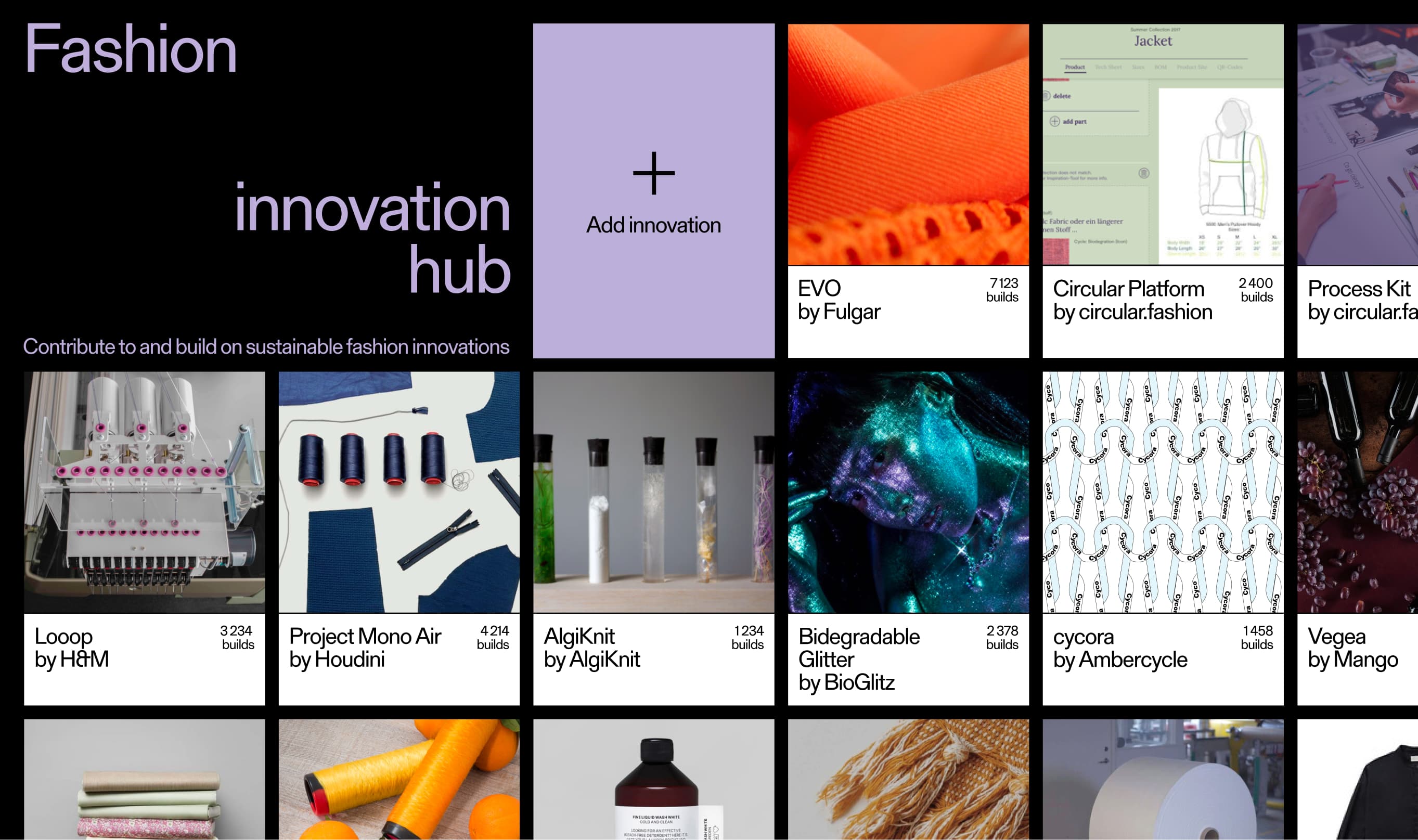Concept
Nº1
Digital twin wardrobe
In 2021, it was easier to buy clothes new than used. While pre-owned clothes were multitudes cheaper, financial savings were eroded because of the time required to shop second-hand.
Digital twins removed the hassle of second-hand shopping by creating a centralised register of every garment ever made, unlocking an entirely new fashion economy.
Today we buy, rent and borrow everything we need through globally connected wardrobes. Brands have become service providers and there is an entire supporting marketplace with tailoring, styling, upcycling and post-wear care available at the click of a button.
The tipping point
We knew it was coming. What we sold as “new” was rarely exciting. We kept trying to get consumers to buy a new take on an old trend. To buy the same things in a new shade. But they’d seen it all before. The more we made, the more we had to destroy.
And when consumers found out that our excess clothes were ending up on the shorelines of Ghanaian lagoons, we couldn’t put it off any longer.
We needed to make better use of what already existed.
The enablers
Around that time, data processing was already so advanced that a brand’s entire back catalogue could be digitised in hours, creating a database of every item ever produced by them since digital records were kept.
The metadata to categorise clothing was agreed upon by the International Standards Organisation, making it easy to sort materials, styles, colours, sizing, and more.
Always ahead of the curve, this initiative was led by digital-first, quality-led D2C brands, followed closely by the luxury conglomerates. Fast-fashion was slower to come on-board, owing to the sheer amount of items produced by them, and the fact that a lot of the clothes they made had already disintegrated.
These databases, combined with next-generation image recognition and machine learning made it straightforward to digitise one’s wardrobe. All one had to do was to take two pictures of their garment and the platform would create its digital twin.
Some older millennials said that the digitisation process reminded them of turning CDs into MP3s 30 years earlier.
And like what MP3s did to CDs, there was no turning back.
The opened opportunities
The digital twin database was the foundation of everything to come. When every garment ever produced became data, it gave us the ability to do just about anything… even make fashion finally sustainable.


